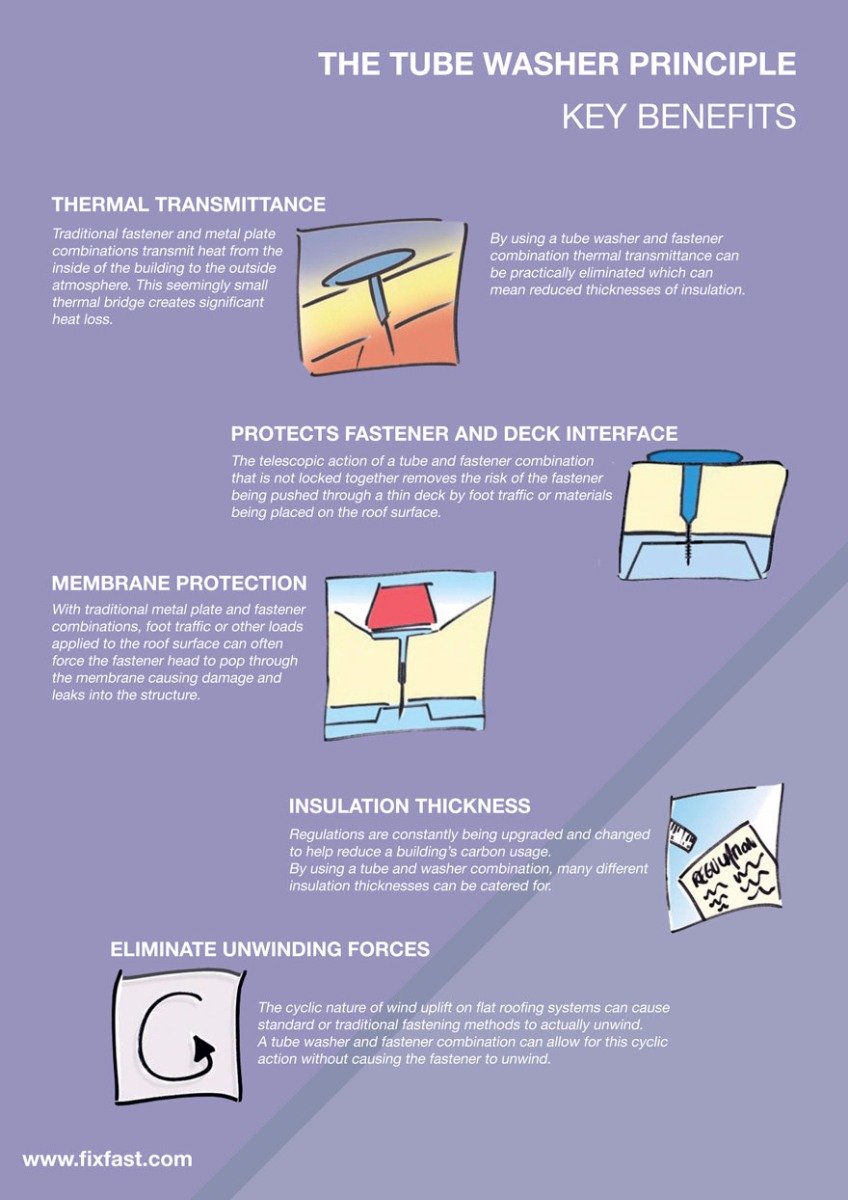Checking Out The Prices Of Solar Energy Equipments: Is It A Sound Investment Selection?
Checking Out The Prices Of Solar Energy Equipments: Is It A Sound Investment Selection?
Blog Article
Web Content Author-Oliver Barbee
When thinking about the expenses of solar installment, you might question the upfront investment called for and whether it straightens with the possible lasting benefits. Understanding the details of these costs and the different variables influencing the general return can clarify the value proposal of transitioning to solar power. By evaluating both the initial setup expenses and the projected cost savings gradually, you can obtain understanding right into whether the investment in solar installation holds assurance for your monetary future.
Initial Configuration Costs
When thinking about the prices of solar installment, the first arrangement costs play a crucial function in your decision-making process. These in advance costs consist of the price of photovoltaic panels, inverters, mounting equipment, and setup labor.
The cost of photovoltaic panels can vary depending on the brand, performance, and size you pick. Inverters are necessary for converting the sun's power into functional electrical power and be available in various types such as string inverters, microinverters, and power optimizers, each with its own price implications.
Placing equipment, such as shelfs and rails, is needed to firmly set up solar panels on your roofing or building.
The installment labor price covers the professional setup of the solar system, making sure that whatever is set up correctly and successfully. Keep in mind that while these preliminary arrangement costs may appear high, there are often rebates, tax motivations, and financing options offered to help offset the prices and make solar installment much more inexpensive over time.
Long-Term Cost Savings Analysis
To recognize the economic advantages of solar setup in time, it's critical to conduct a detailed long-term cost savings analysis. While the initial setup expenses of photovoltaic panels might seem difficult, the lasting savings can exceed these costs considerably. By harnessing the power of the sunlight to produce electrical power for your home, you can possibly conserve thousands of dollars on your utility bills over the life-span of your solar system.
One of the crucial factors to think about in a lasting savings evaluation is the reduction in your electrical power costs. With Learn Additional Here , you can produce your electrical energy, decreasing or even removing your reliance on the grid. This can result in substantial financial savings, especially as energy rates remain to climb.
Furthermore, lots of governments supply incentives such as tax obligation debts and rebates for mounting solar panels, further enhancing your long-lasting financial savings. By capitalizing on these incentives and optimizing your solar energy production, you can take pleasure in considerable financial benefits for several years ahead.
Return on Investment Calculation
Considering the monetary advantages of solar installation, it's time to assess the Return on Investment (ROI) estimation. Figuring out the ROI entails contrasting the complete costs of setting up a solar system with the monetary advantages it produces over its life-span.
To determine ROI, separate the web profit from the system by the total financial investment price and multiply by 100 to get a percent. The ROI formula is: (Web Profit/ Overall Financial Investment Cost) x 100.
For https://offgridsolarinverter10997.ttblogs.com/9416951/a-comprehensive-exam-of-the-financial-benefits-of-solar-panel-installment , if the complete cost of installing a planetary system is $20,000, and over its lifespan, it produces savings and profits completing $30,000, the net revenue would be $10,000. Separating this by the overall financial investment price of $20,000 offers a ratio of 0.5. Multiplying this by 100 offers an ROI of 50%.
Normally, a higher ROI indicates a much more financially satisfying financial investment. Elements like government incentives, upkeep expenses, and power rate changes can affect the ROI of solar installments. Recognizing the ROI helps in examining whether buying solar power is worth it in the future.
Conclusion
In conclusion, understanding the expenses of solar installment is crucial for determining if it is worth the investment. By thinking about initial configuration expenses, conducting a long-lasting financial savings analysis, and determining the return on investment, you can make an informed choice regarding the financial value of solar power. With the possibility for reduced energy costs and boosted energy independence, buying solar installation can be a wise choice for both your purse and the environment.
